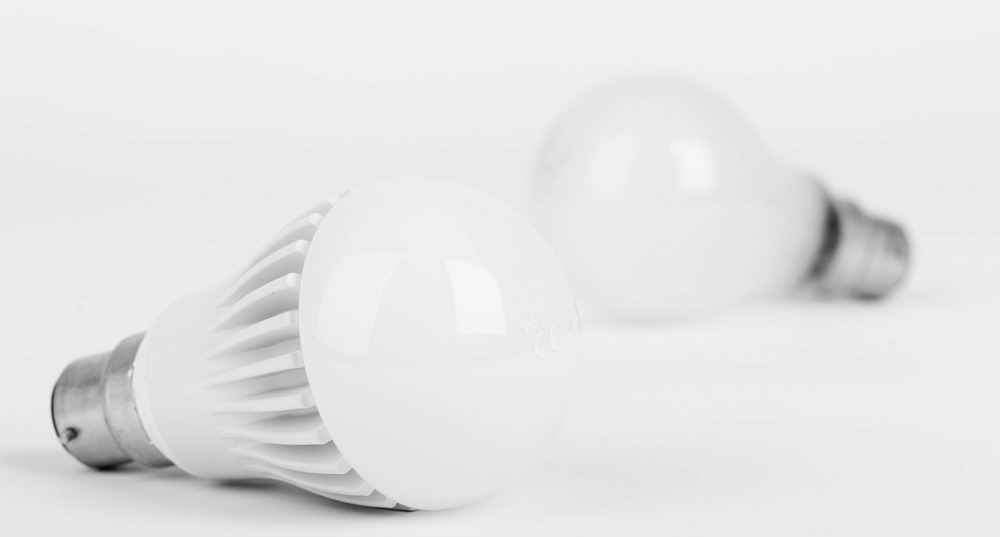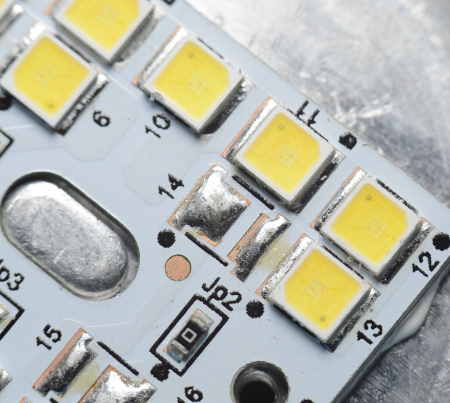We know already that LEDs are a better choice. But why is that, and what is the difference between a LED bulb vs incandescent bulbs? First of all, LED bulbs use much less energy than incandescent bulbs. That is because diode light is much more efficient, power-wise, than filament light. LED bulbs are also safer, cooler to the touch, and easier on the eyes.

If you want to reduce your energy bills, LED bulbs are about the best deal on the market. They put out plenty of light and barely use any electricity.
How does LED bulb work?
LEDs are used as indicator lamps in many devices and are increasingly used for general lighting. Introduced as a practical electronic component in 1962, early LEDs emitted low-intensity red light, but modern versions are available across the visible, ultraviolet, and infrared wavelengths, with very high brightness.

LEDs are used in modern electronic devices. However, LEDs are not only small colored lights. They can be used in homes, offices and so on.
LEDs come in all shapes and colors, for various applications.
LED light bulbs consume about 85% less energy than incandescent light bulbs. Furthermore, they last about 25 times longer. How do LED bulbs work? An LED bulb produces light by passing the electric current through a semiconducting material that we call a diode. In that path, electric current emits photons (light) through the principle of electroluminescence.
Unlike the LEDs, conventional incandescent lamps work in a way that electric current flows through a filament in a vacuum or inert gas in the bulb. The friction from the current flowing through the filament turns it hot, emitting light as the result. It is important to note that the heat energy travels in waves, while most of the electricity is converted to heat energy. Just a little bit of electricity is “converted” to visible light. Due to the nature of this process, incandescent bulbs are much less efficient than LED lights.
In short; How does an LED Bulb work? The LED bulb is made up of a diode (a semiconductor that carries the electric current). When you turn on the light switch, the electricity that arrives at the bulb causes the diode to emit photons – which is what we see as light!
In conclusion
A light-emitting diode (LED) is a semiconductor light source that emits light when current flows through it. Electrons in the semiconductor recombine with electron holes, releasing energy in the form of photons. The color of the light (corresponding to the energy of the photons) is determined by the energy required for electrons to cross the bandgap of the semiconductor. White light is obtained by using multiple semiconductors or a layer of light-emitting phosphor on the semiconductor device. Hopefully this brief explanation helped clear the difference between LED bulb vs incandescent bulbs.